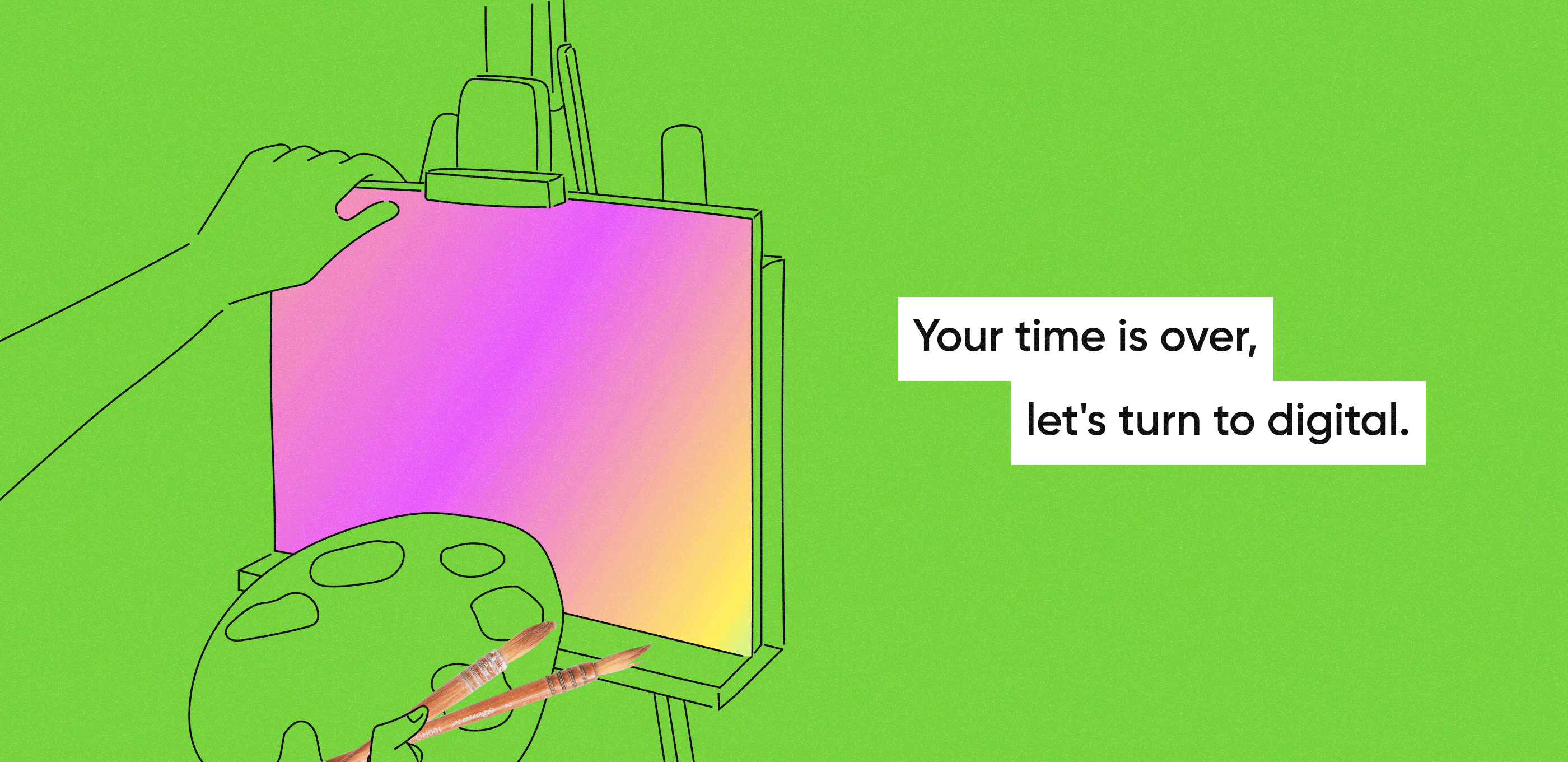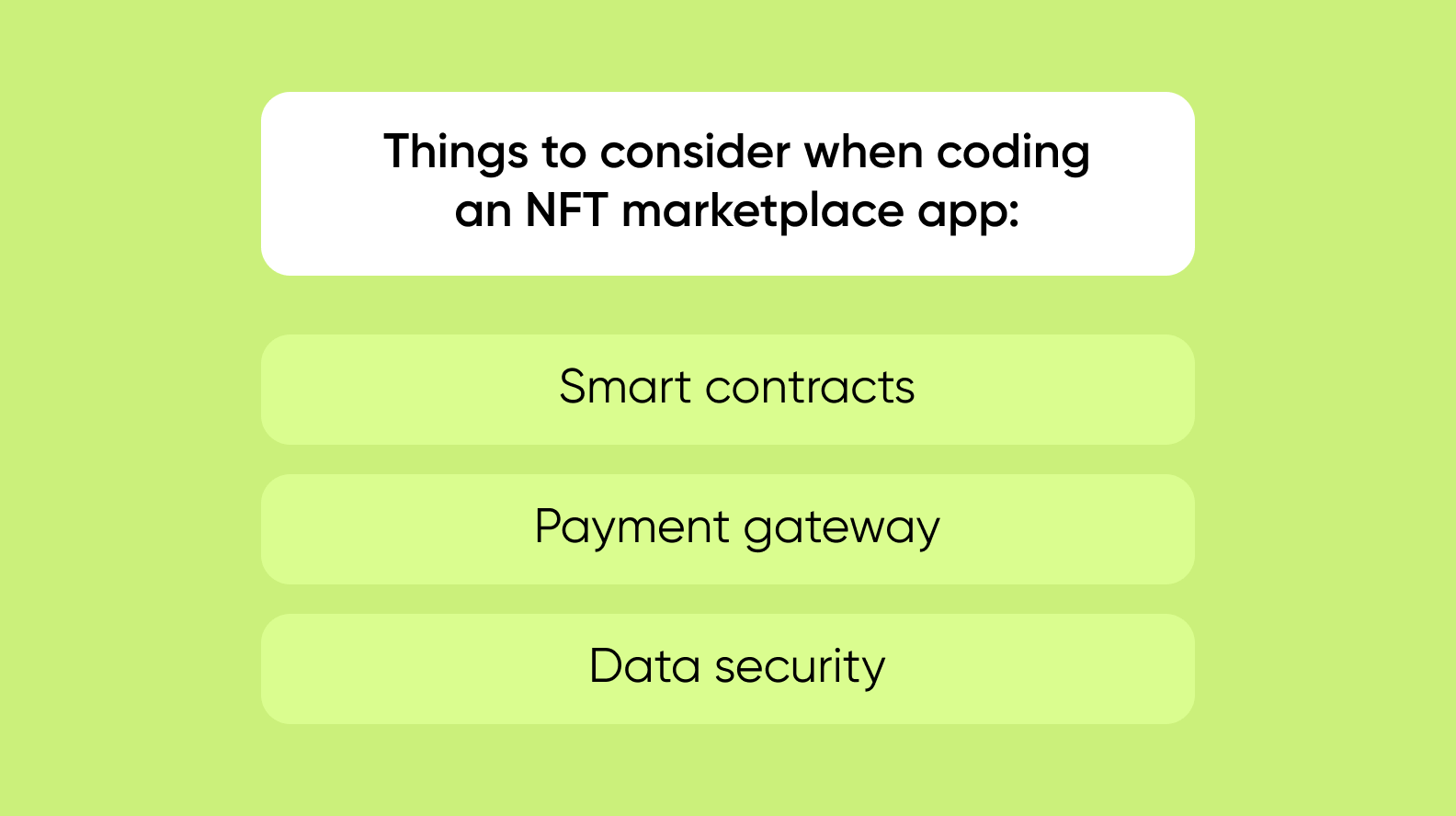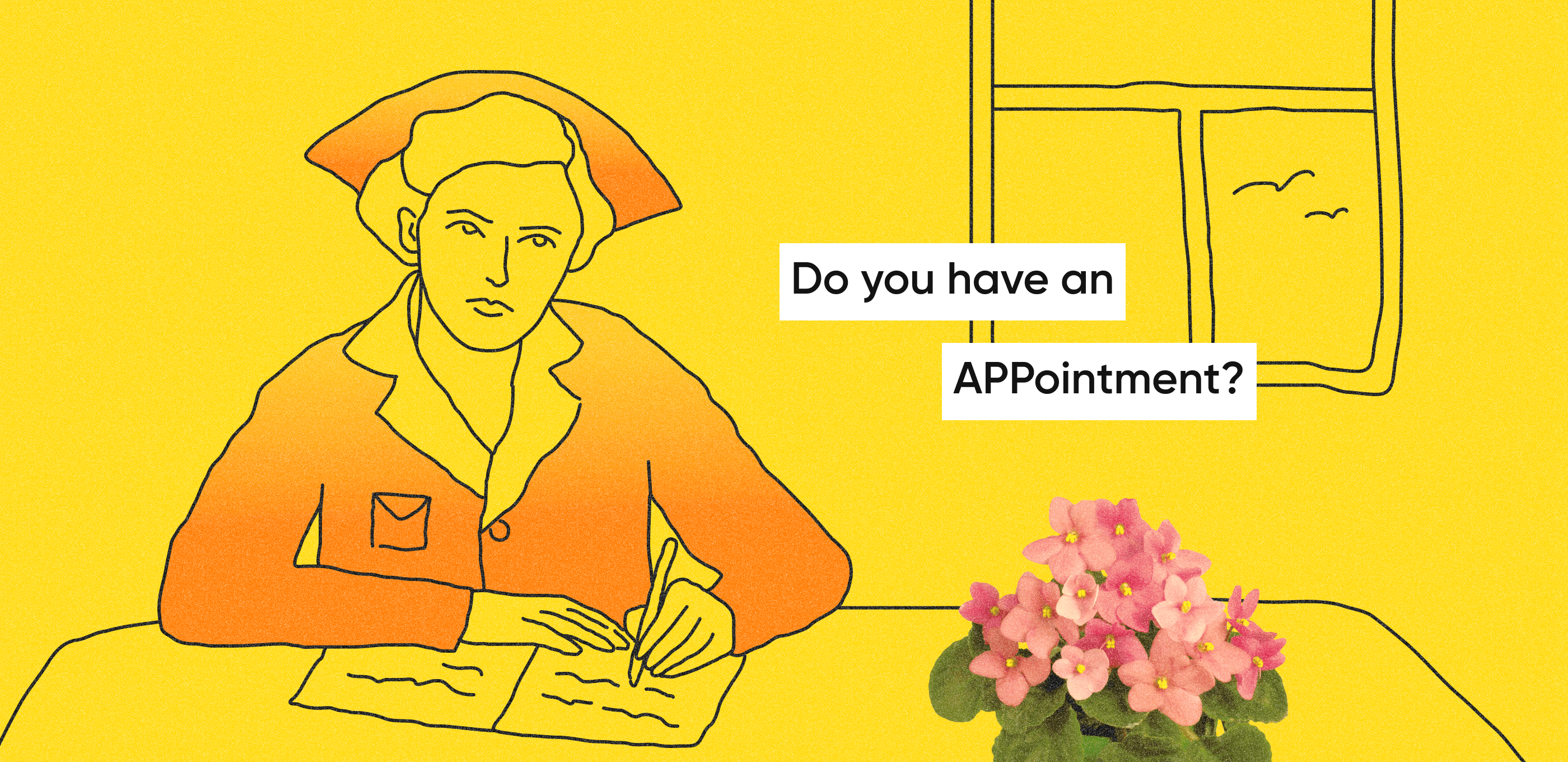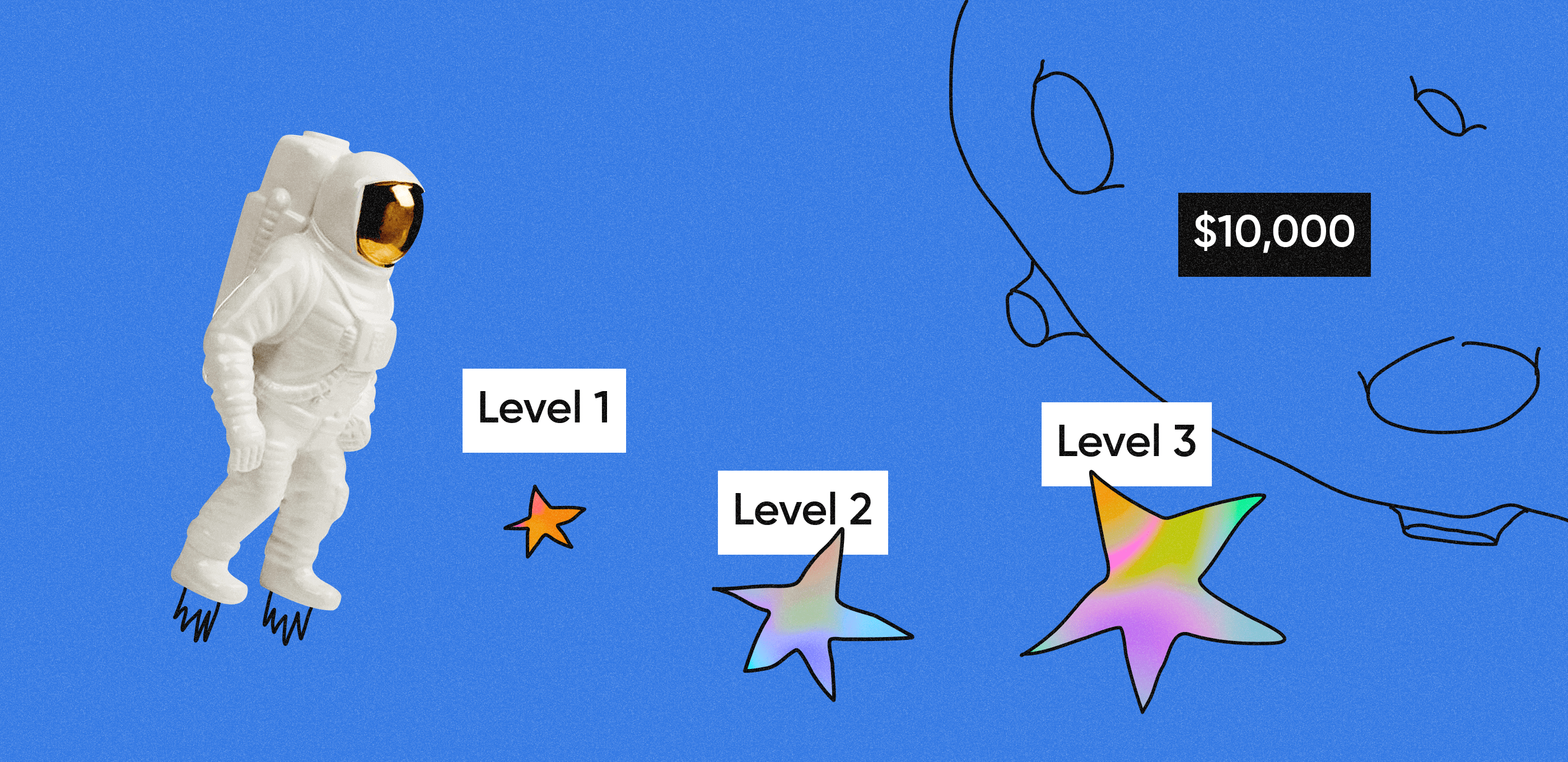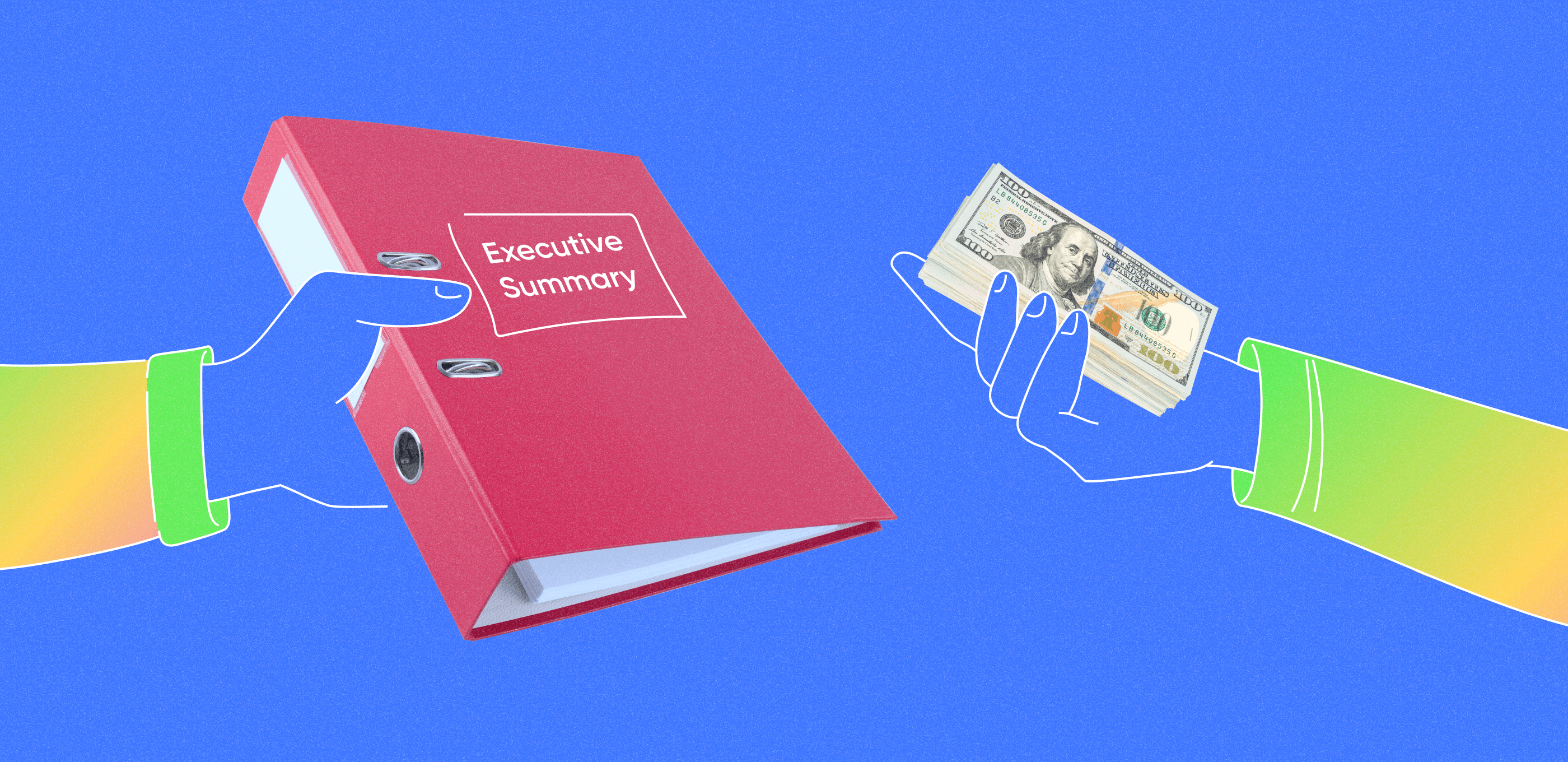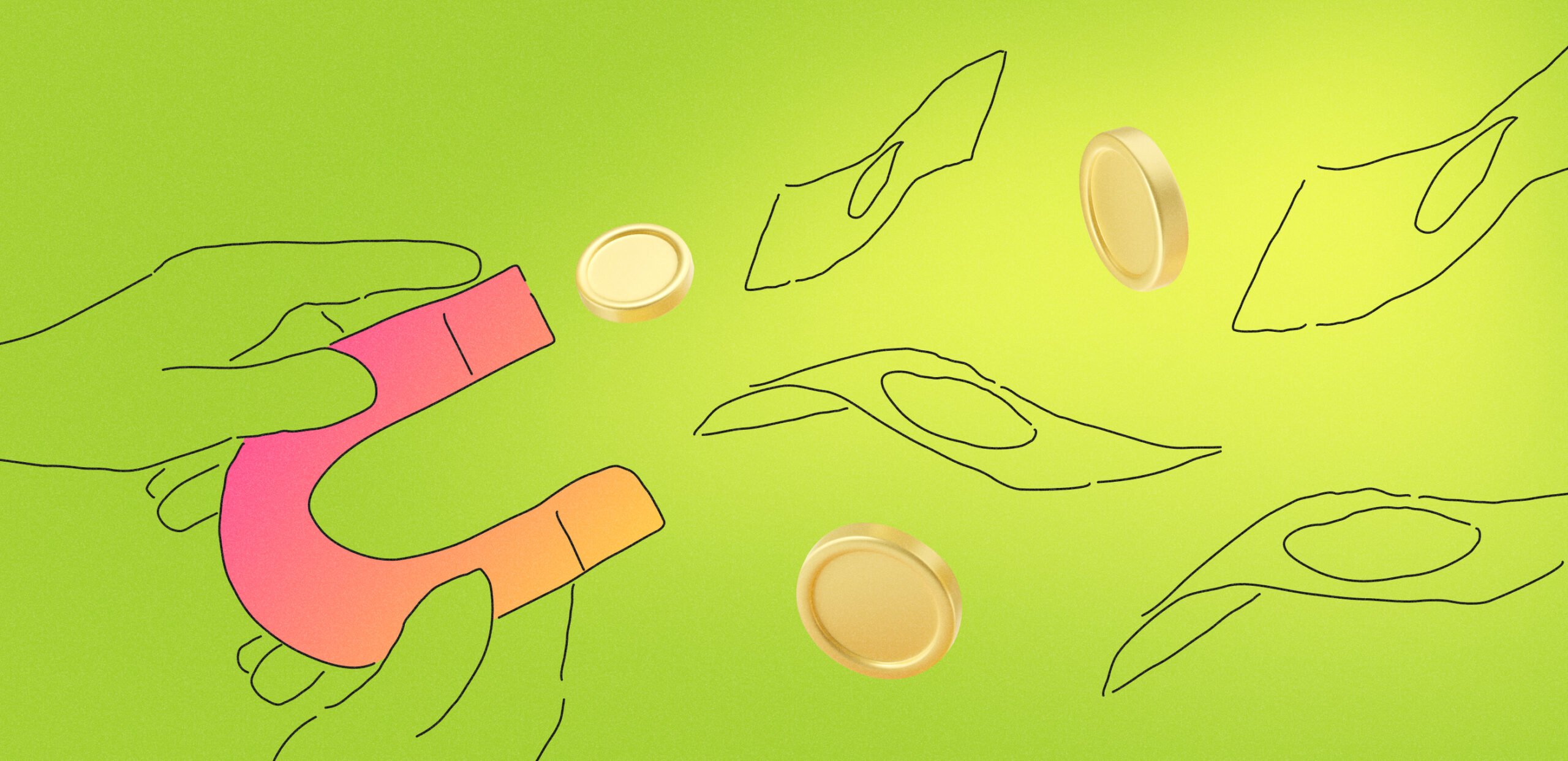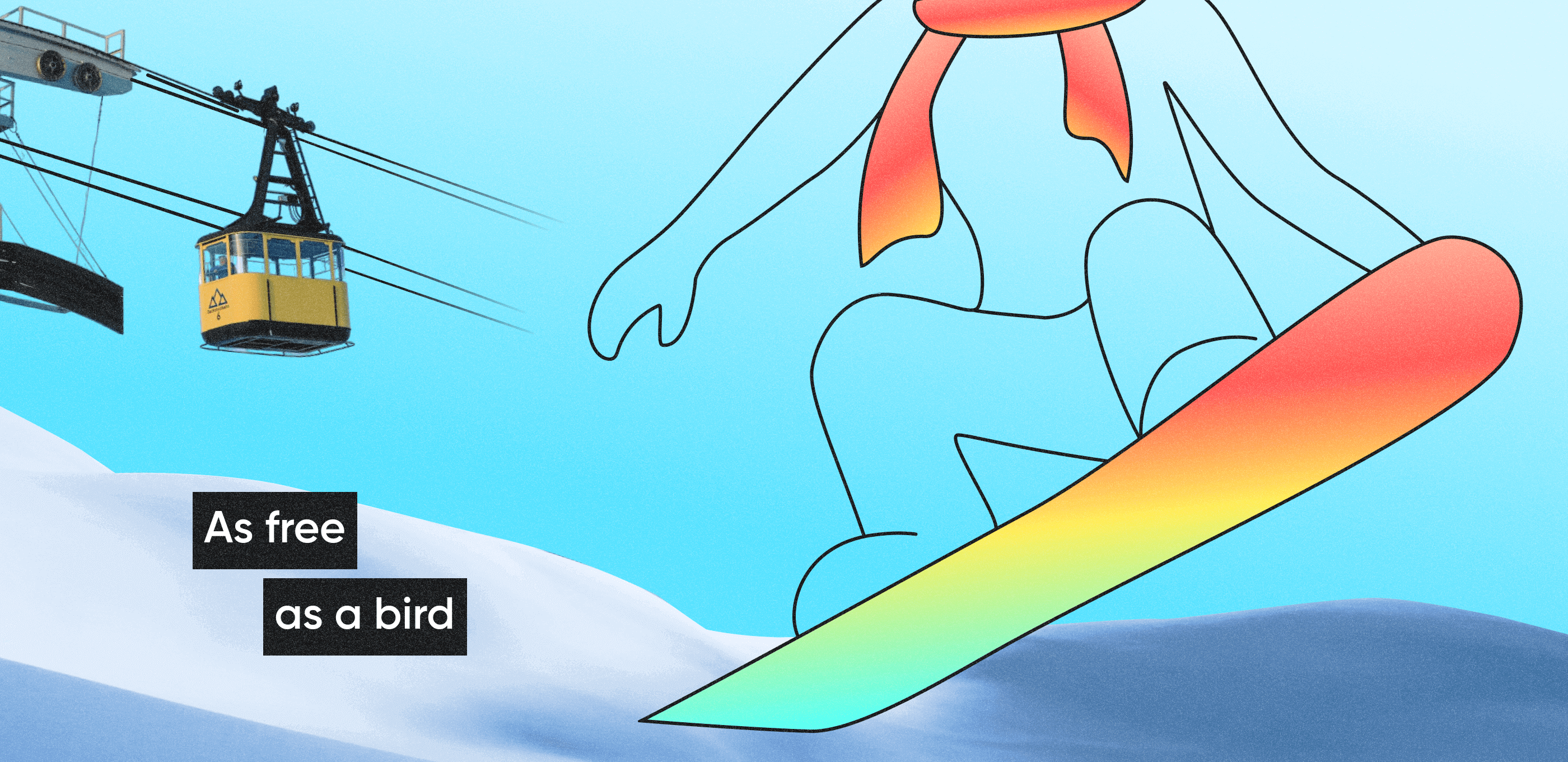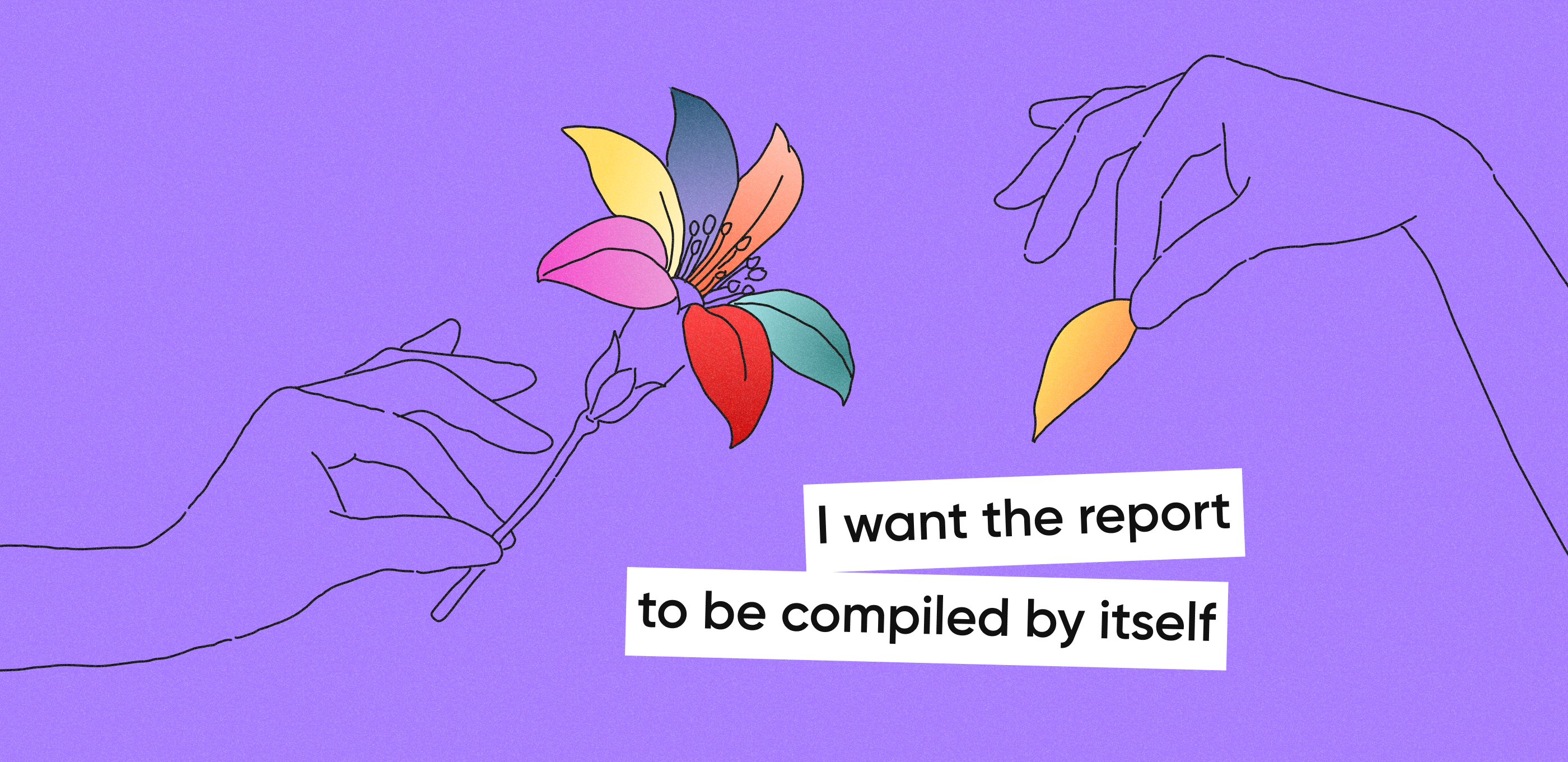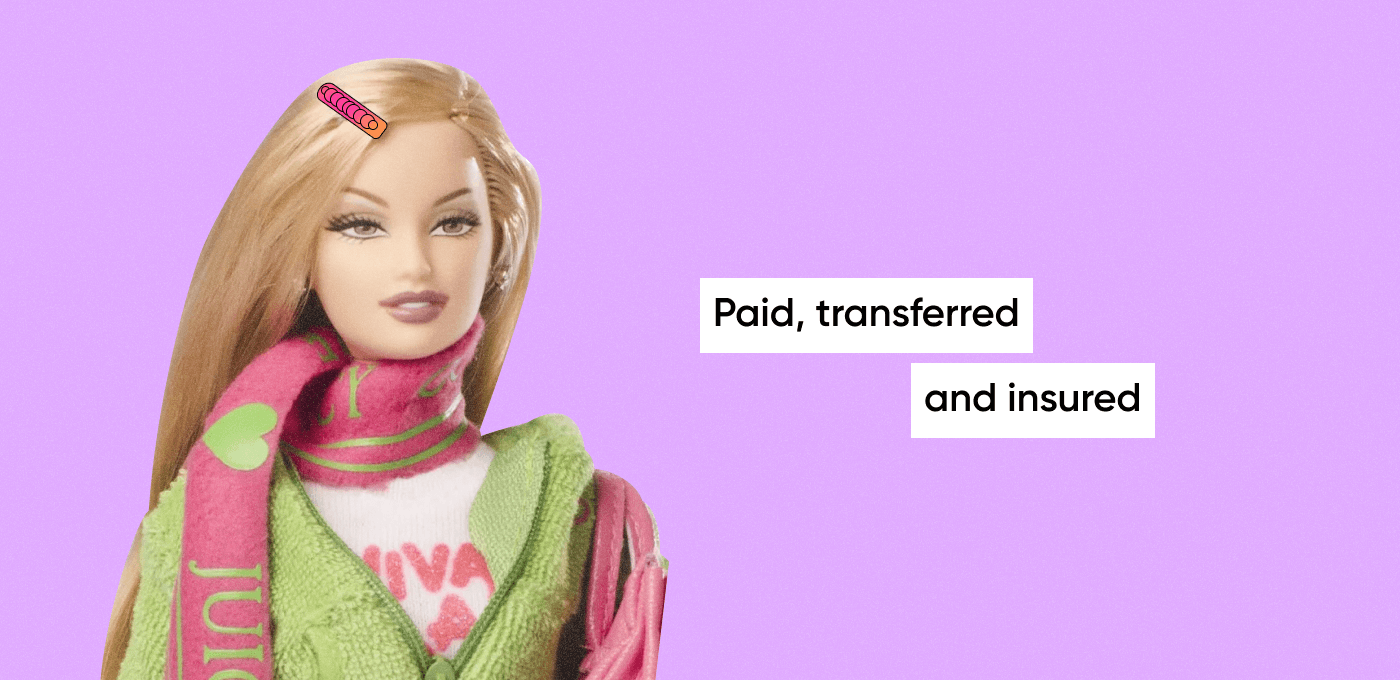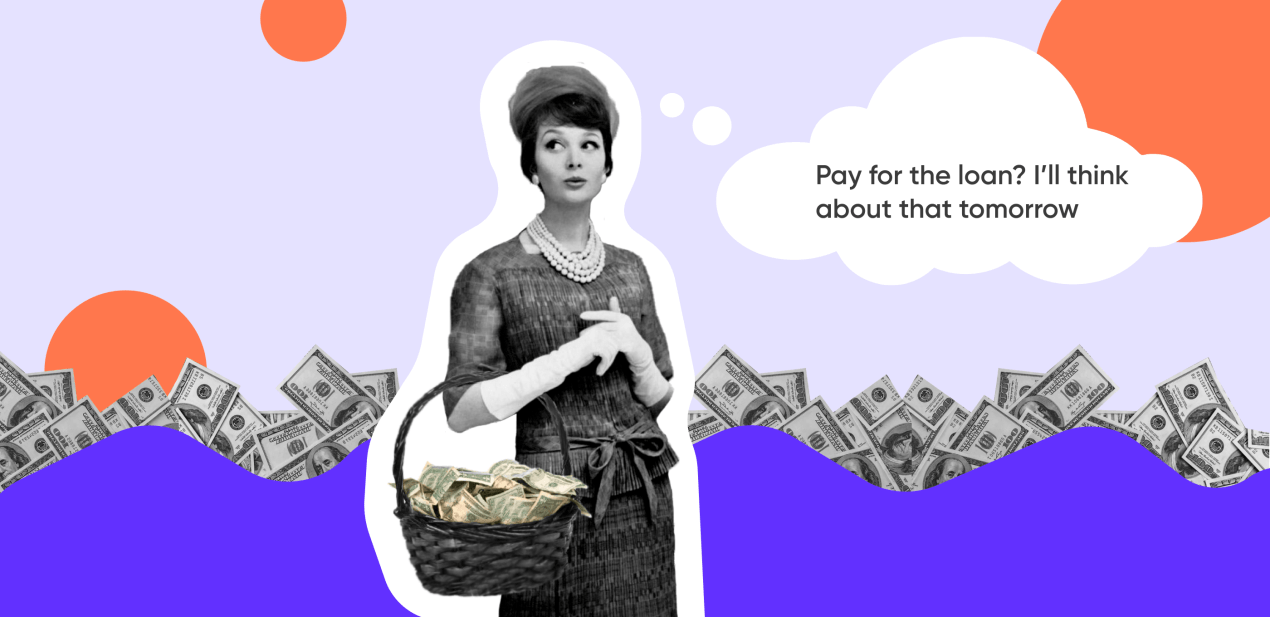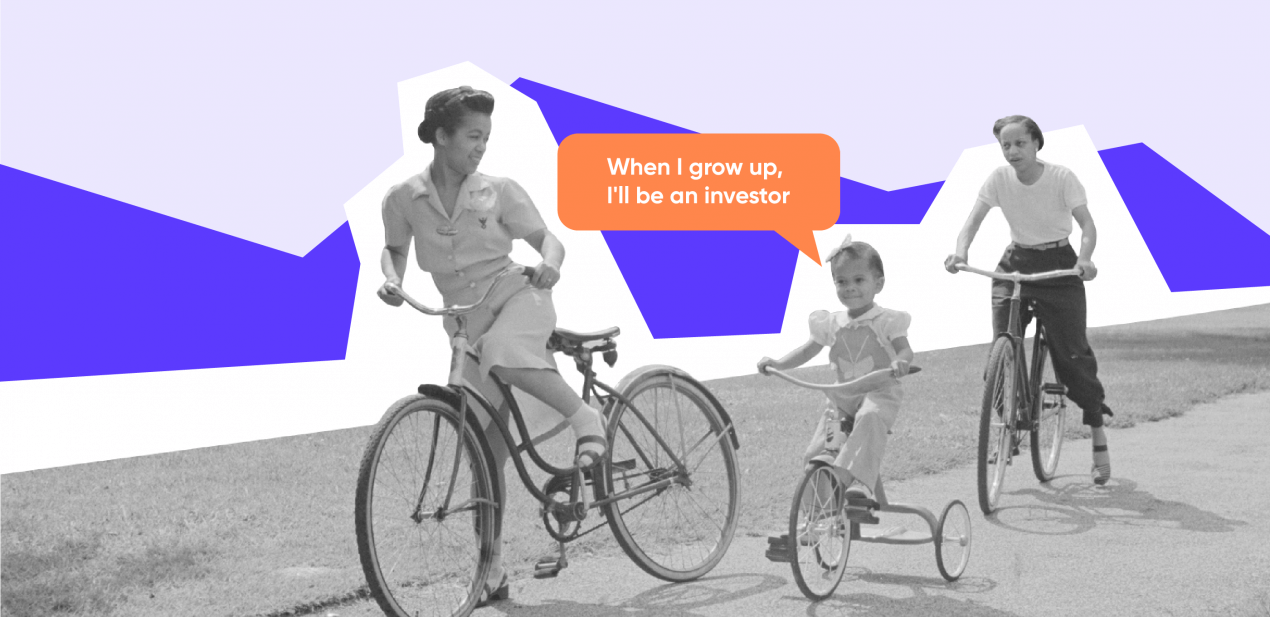What is an NFT art marketplace and how does it function?
An NFT marketplace is a platform where users can buy and sell non-fungible tokens of different artists and creators. The NFT token is a way to transfer unique items from the real world to the blockchain. These can be pictures, memes, audio and video content, even real estate.
The largest NFT marketplace is OpenSea. It takes about 90% of all the non-fungible tokens trading volume and recently recorded a monthly all-time high of $3.7 billion. Axie Infinity, Rarible, SuperRare, and NBA Top Shot are also popular marketplaces in NFT sphere.
Why launch an NFT art marketplace
NFTs hit the mainstream. As per DappRadar, NFT sales in 2021 amounted to approximately $24.9 billion, and the number of wallets trading these assets expanded considerably to around 28.6 million. Interestingly, the most valued NFT sold cost more than $91 million. Its name is “The Meg”. The collectables market is considered the most rapidly expanding in the crypto industry which makes NFT art marketplace development look highly promising.
The market is not oversaturated and still has a future. By launching an application, you give an opportunity to new bright projects to show up. So you are creating a place for high-quality art.
But the most significant driving force is money. Let’s take a look at the common monetization strategies.
How to make money on your art marketplace
You can combine several monetization models or choose just one. Here are the most common ways:
- Platform fees. The owner of the art marketplace receives fees from the launch of each collection and its sales.
- Governance tokens. The tokens used for voting and decentralized decision-making have value and can be traded, exchanged, and staked, giving holders an opportunity to earn.
- Registration fees. Large popular platforms like OpenSea may charge account registration fees.
- Advertising. An NFT marketplace helps new artists gain an audience, so you can make money from advertising. Promoting third-party resources on the platform is also possible and profitable.
Basic features of an NFT art marketplace
At Purrweb we have 8 years experience in MVP development. We always recommend our clients to start with a minimum viable product and choose a set of basic features so that the app is not overloaded and fits user needs. There are some common ones that your NFT marketplace should have:
Simple registration process. Registration should be intuitive. In addition to the standard registration via an email and a password, add quick authorization options, for example, through social networks. Offer short onboarding to the new clients.
A catalog with NFT details. There should be a set of NFT collections and the opportunity to view the token details, including price and trading volume. A card with information about the NFT, its degree of rarity, the author or owner, and sales history show the profitability of the asset.
Search function and filters. Sometimes it is important for users to find the author and the collection they have heard about in the news, from experts, or in the crypto community. To simplify the process, add a search function and filters.
The option to add items for sale. To attract new creators and artists, your art marketplace should allow them to post their work in a form of assets. They should be able to upload it, give it a name, and set a price. Check whether it’s easy to start NFT development on the blockchain of your choice.
The option to buy NFTs or place a bid. Since an NFT marketplace is a venue people go to purchase or sell assets, make “buy” function and an auction available. Add payment support: the platform should have the ability to carry out payments in fiat or crypto.
Cryptocurrency and NFT wallet. A wallet for non-fungible tokens and crypto is similar to a bank account but on the blockchain. Users can store assets and protect them with private and public keys. Provide support for a third-party wallet like Metamask or create your storage for the platform.
Account management for users. Add personification — let the account owner create and edit their profile and come up with a unique username. Ensure access to the assets on the user profile page.
NFT marketplace development process
Being a development company ourselves, we know what business owners need to go through to launch an app. We use the MVP approach and we confidently recommend it. In this section, we gathered some steps you need to take during your art marketplace development.
Step 1. Do the market research
Every NFT development company should follow the current market trend to be in demand. Analyze your competitors and determine what exactly in their marketplaces you like the most and what you would like to keep or change.
Step 2. Pick the blockchain
Leading NFT marketplaces like OpenSea, Rarible, and SuperRare are based on Ethereum. There are several reasons for Ethereum to be the most popular blockchain for NFT development. Firstly, it’s extremely simple to create NFTs on the Ethereum Virtual Machine (EVM). Secondly, popular token standards (ERC-721 and ERC-1155) contribute to interoperability, easing the matter for an NFT development company.
However, Ethereum blockchain has some limitations for art marketplace development. NFT transactions require cost-effective solutions. The main issue when dealing with Etherium is the costly gas fees, so you might want to launch your NFT marketplace on other blockchains. Some more options to consider include:
- Binance Smart Chain
- Cardano
- Tezos
- WAX
- Solana
Take a look at our article, if you want to know more about how to build a blockchain app.
Step 3. Choose the main app features
A crucial step in MVP development is choosing the vital app functions. You should not add too many of them, but it’s of paramount importance to keep everything that a user might need. Feel free to make a checklist from the list of features mentioned above.
Step 4. Design
The next step is the UI/UX design of your trading platform. Define your style, make it individual and recognisable, pay attention to fonts and colors. When creating a user interface, don’t forget to care about the utility of the platform. Make it both user-friendly and easily accessible.
If you’re ready to start your app development with Purrweb, feel free to provide design references which we’ll take into account.
Step 5. Develop
The next step of NFT marketplace development is coding. As a development company, Purrweb relies on tools and solutions recommended by word-class professionals. Read more about the tech stack that we prefer to use for building an NFT marketplace app.
When developing an NFT marketplace app, one should pay special attention to the following:
Create smart contracts. Smart contracts are used to mint NFTs and trigger purchase transactions automatically if the pre-programmed conditions are met. Our team has experience in smart contracts development, so we can design them for you. We carefully test the code before deployment to make sure it does not contain any vulnerabilities that can be exploited by attackers.
Set up a payment gateway. It is a part of the art marketplace development process when you establish a reliable connection between your product and a payment service provider. At Purrweb, we can integrate cryptocurrency and fiat payment gateways to enable users to buy, sell, swap, and transfer NFTs or pay for the additional NFT marketplace services like listing on a secondary marketplace.
Ensure security. When it comes to money, security is critically important. We implement reliable cybersecurity mechanisms (for example, asymmetric data encryption, authorization controls, and fraud detection algorithms). This is necessary to ensure the security of the trading platform and protect the confidential data that it stores.
Step 6. Test your app
App testing allows you to identify errors and bugs on the way to the launch and after it. Our team will help you with quality assurance (QA) to validate the appearance, performance, and functionality of apps across different devices.
Step 7. Launch your product
Post the app in Google Play and App Store and gather feedback from your first users. User reviews are crucial for NFT marketplace development, as they show the success of your MVP and allow you to optimize it by ensuring a seamless user experience.
How much does NFT marketplace development cost
NFT marketplace development is a great way to invest your money because it pays off. The costs may vary depending on the complexity of your app, but we will still give an approximate estimate below. To create an MVP with the basic features that each NFT marketplace should have, you’ll need to pay about $52 600.
The costs include:
- Project analysis: $0
- UI/UX design: $5 850
- App development stage: $36 300
- QA Testing: $6 400
- Project management: $4 050
Remember that art marketplace development costs can change depending on your needs.
Contact us to get an individual offer or plan a consultation with an expert.
Takeaway
We know that blockchain technology is gaining popularity, so why not take advantage of it? With the current boom on the market, NFT marketplace development is a way to earn money, increase accessibility of artworks, and preserve authors’ copyrights.
To build an NFT marketplace, you’ll need to go through several steps: project analysis, choice of a blockchain, design, smart contract and NFT marketplace development, testing, and project management.
If you have a cool idea and you want to get a quality product, Purrweb development company is the right place to go. We would be happy to help you bring the idea to life. Contact us.

